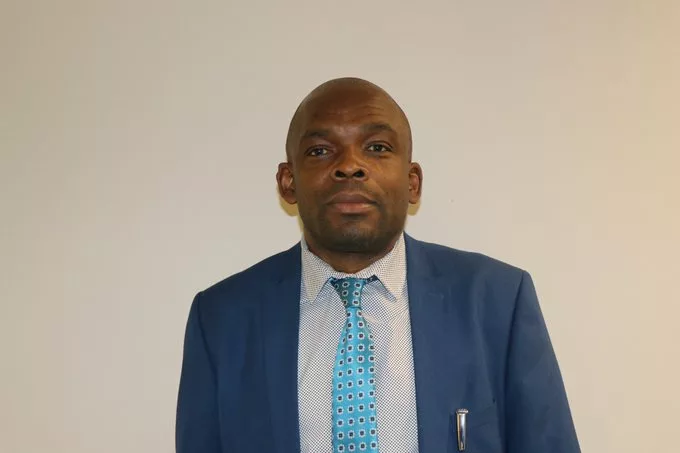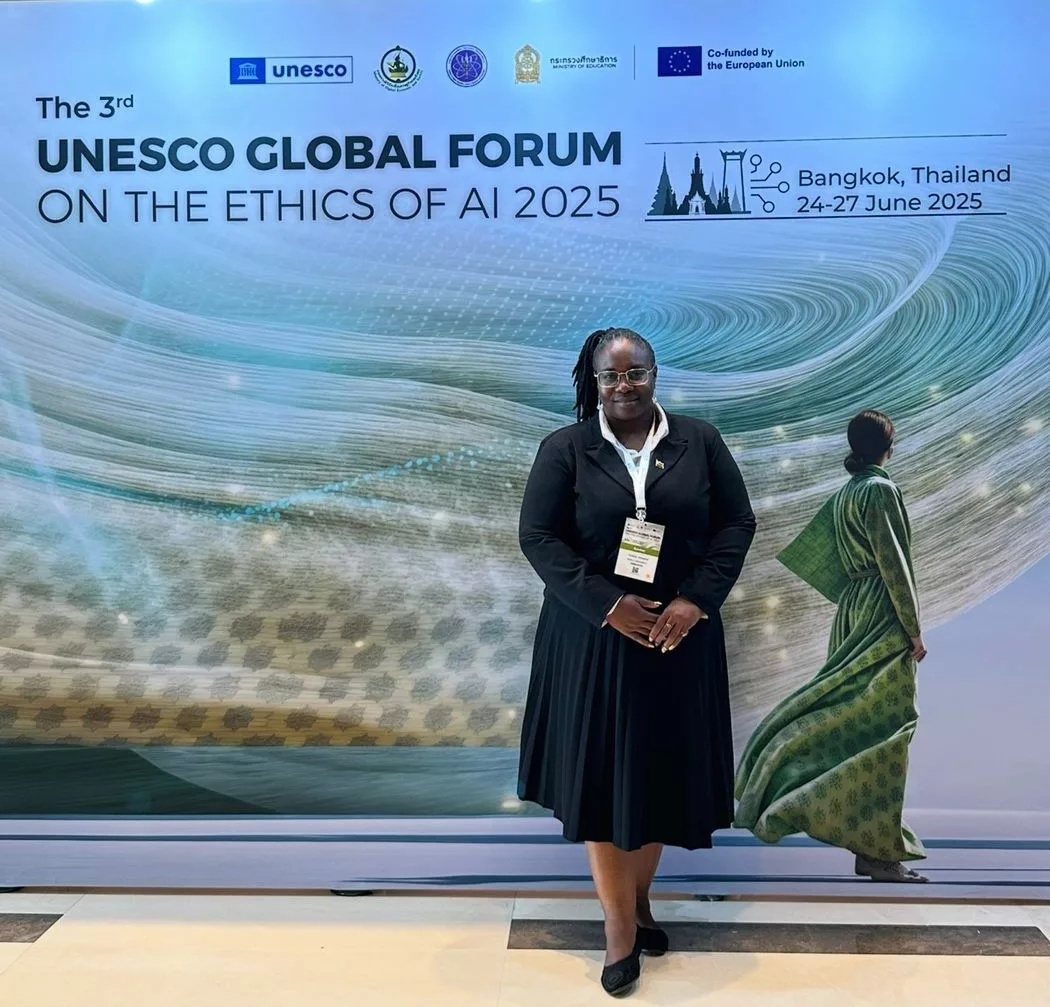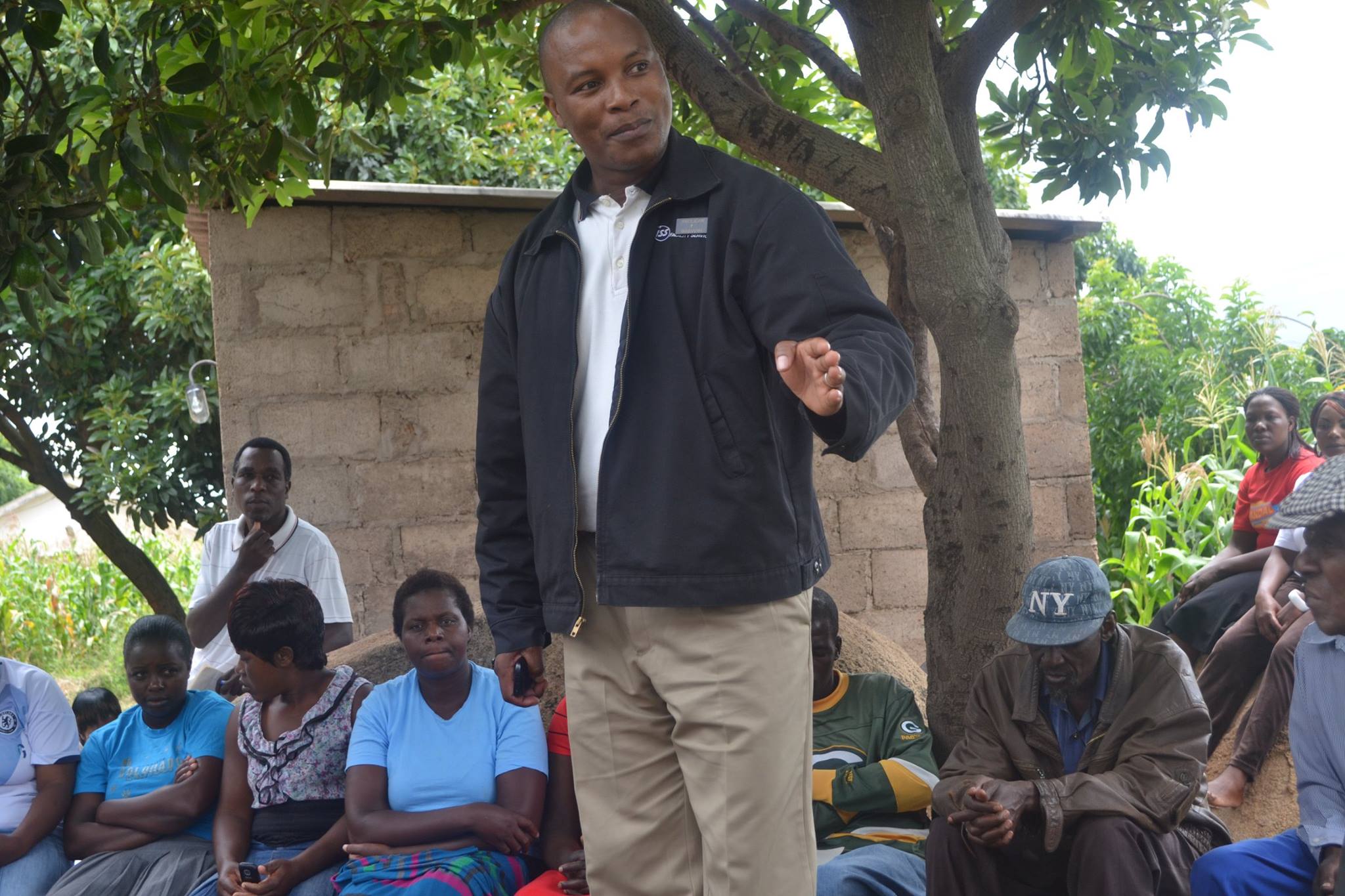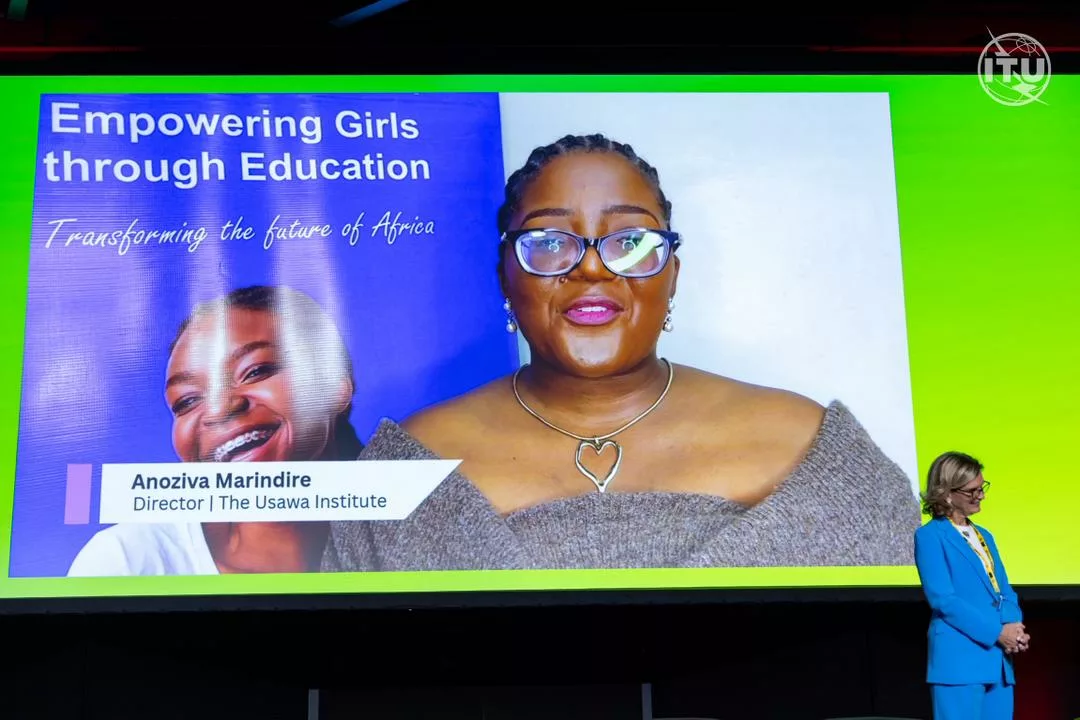|
Getting your Trinity Audio player ready...
|
Ahead of the Summit of Heads of States of the Southern African Development Community (SADC) on 17 August in Harare, Zimbabwe, the SADC secretariat initiated a regional initiative to bolster climate resilience and water security in the region through the SADC Regional Climate Resilient Water Investment Programme (SADC -AIP).
The programme is in collaboration with the Green Climate Fund, the Development Bank of Southern Africa and the African Union’s Continental Africa Water Investment Programme (AIP).
The SADC AIP will benefit 13 countries in the region: Angola, Botswana, Eswatini, Lesotho, Malawi, Mauritius, Mozambique, Namibia, Seychelles, South Africa, Tanzania, Zambia, and Zimbabwe.
The SADC region is currently experiencing one of the worst droughts due to the severe impacts of El Niño and a climate crisis. Namibia, Malawi, Zambia and Zimbabwe have declared states of emergency.
“The urgency of the SADC-AIP is underscored by the increasing frequency and severity of climate hazards, which threaten existing investments in water, energy, food security, human health, and socio-economic development. Many African countries suffer from inadequate access to functional climate information and early warning systems,” explained Dr Patrice Kabeya, Senior Programme Officer –Water at the SADC Secretariat.
The SADC-AIP will promote climate-resilient development through access to reliable climate information, hydrological services, impact-based multi-hazard early warning systems and investments in water security.
GCF is providing an initial project preparation grant of USD 1.5 million for the SADC regional water investment programme that the Development Bank of Southern Africa (DBSA), and SADC in collaboration with GWP Southern Africa will be implementing. Funding from the GCF Project Preparation Facility (PPF) will support the development of an investment programme that aims to leverage at least USD 117 million and is expected to benefit 140 million people in the SADC region.
SADC-AIP forms a part of the broader Continental Africa Water Investment Programme (AIP), which was adopted by the African Union Heads of State in February 2021. The AIP aims to mobilize an additional USD 30 billion annually by 2030 to close Africa’s water investment gap, estimated at USD 45-54 billion per year.
The SADC AIP will include the establishment of the AIP Blended water investment facility to support countries leverage public finance, ODA and grant finance to de-risk priority water investments using a variety of innovative financial instruments and sources. These include sovereign wealth funds, guarantees, commercial finance, institutional investors and private equity investors, foundations, value-based impact investment, and climate finance.
The AIP is supported by the African Union’s International High-Level Panel on Water Investments in Africa which is convened by the African Minister’s Council on Water, the African Union Development Agency-NEPAD, United Nations Development Programme, UNICEF, Development Bank Southern Africa, the Global Center on Adaptation, and Global Water Partnership to drive global political mobilization and international engagement to meet the socio-economic needs of the continent, SDG 6 water-related targets, and address the climate change challenges.
Global Water Partnership Southern Africa (GWPSA), which hosts the secretariat for the AIP and HighLevel Panel, will support SADC-AIP implementation.
“The SADC Regional Climate Resilient Water Investment Programme aims to transform and improve the investment outlook for water security and sustainable sanitation for a prosperous, peaceful and equitable SADC region,” explained Mr Alex Simalabwi, GWPSA Executive Secretary and CEO of the Africa Water Investment Programme.
Accurate hydro-climatic information and data are essential for building climate resilience and achieving water-related socio-economic development goals aligned with the Paris Agreement and Sustainable Development Goals (SDGs). However, the scarcity of reliable data and effective early warning systems hampers science-led investment decision-making.
The impacts of climate change also damage hydrological monitoring systems and water infrastructure. Since 1980, over 142 million people in Southern Africa have been affected by climate-induced disasters, including the devastating cyclones Idai and Kenneth in 2019, which caused extensive destruction in Mozambique, Malawi, Zimbabwe, Madagascar, and the Comoros.
SADC-AIP will address these challenges by leveraging high-level political commitment to enhance the provision of reliable climate information and early warning systems and implement transformative water investments. These interventions will also seek to access innovative blended finance and private sector sources, such as pension funds, insurance funds, sovereign wealth funds, guarantees, and private equity.
“The SADC-AIP will strengthen national capacities in basic observation, fostering regional cooperation, promoting the exchange of hydrological data, and designing climate-resilient infrastructure investments. By addressing the destruction of monitoring networks and improving the collection and management of hydro-climate data, the programme will equip vulnerable communities to better adapt to climate impacts, enhance agricultural resilience, and reduce health risks associated with extreme weather events,” said Dr. Kabeya.
“The SADC-AIP represents a crucial step towards achieving sustainable climate-resilient development in Southern Africa, paving the way for a more secure and prosperous future for the region,” concluded Mr. Simalabwi.






